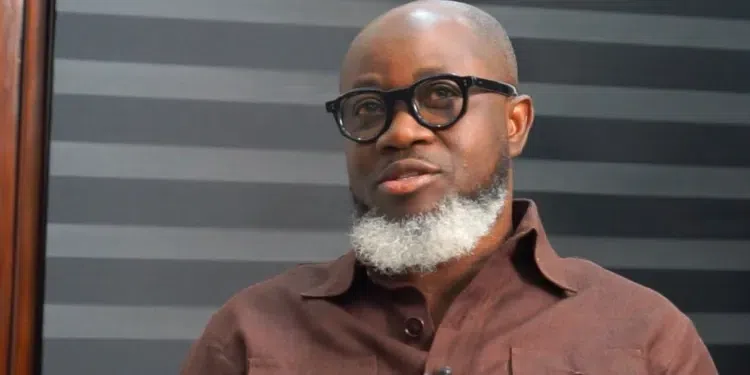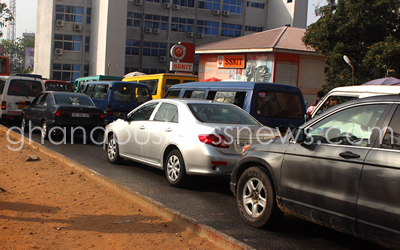

New York City's subway system operates with antiquated technology. The MTA says new train control systems will make things easier and more efficient.
It's not just you. In New York City, subway delays are on the rise. In 2012 there were and an average of 20,000 delays per month. Fast forward four years to 2016 and that number has climbed to 70,000
Sometimes it's easy to miss, with shiny new touchscreen kiosks and promises of open-gangway subway cars, but the New York City subway runs on technology installed before World War II.
With 5.65 million people swiping their MetroCards every weekday, when something goes wrong the delays pile up quickly.
A crucial element of the MTA's plan to fix this is something called Communications Based Train Control. The technology is revolutionary for a system as old as New York City's, and installing it on a single subway line took six years and $288 million to complete.
In order to convince Albany to provide the $20 billion it will take to upgrade the whole system, the state-run agency took to YouTube to showcase its century-old signals, hand-controlled switches and what's being done to upgrade the aging system.
Scroll down to learn what's being done to improve what remains largely unchanged since its inception in 1904.
“In our system, it’s not just the architecture that’s 100 years old,” an MTA employee explains. “It’s a lot of the basic technology as well.”
Here, at the West 4th Street station, MTA employees log train movements by hand.
Every signal on each line is mapped on this board, which looks more like a an old board game than a method of keeping thousands of commuters safe and on-time.
Here's a closer look. Each diode represents a signal, and the rectangles are platforms.
Staff even have to manually pull handles to operate track switches and signals that tell train operators when it is safe to pass through a section of track.
These antiquated signals are difficult and expensive to maintain, mostly due to their age.
“This equipment is not supported at all by the railroad industry,” explains Wynton Habersham, vice president and chief officer of subway delivery. “It’s very hard to maintain.”
That means when something breaks, the agency has to turn to its own machine shop to either produce a replacement or scavenge the system for an extra part.
Just check out the year on that sticker — 65 years ago!
The current system lets staff know the general area of a train. Control room employees can see a train's "block" of about 1000 feet, but with "no precise location or speed control, we never really know where the train is."
New technology will allow for faster speeds, more accurate locations and—most importantly—more trains.
Change is coming, but slowly. The MTA is working to install what is known as Communications Based Train Control, or CBTC, which is already in place on the Canarsie Line, or L train.
Installing the system on the L train took over six years, with multiple delays and cost overruns reaching $288 million. The so-called "robot trains" require far fewer operators, too, which drew ire from the Local 100 of the Transport Workers Union of America.
Currently, controllers have an imprecise understanding of where the trains are. But the new system attaches transponders under cars, so they can all be tracked in real time.
This means the system can handle more trains at even higher speeds because trains can communicate with each other and will automatically brake to avoid collisions if they get too close.
Communications Based Train Control is currently being installed on the Flushing line, or 7 train, and someday (fingers crossed!) it will find its way to the entire subway system.
Here's the full MTA video, if you want to see even more outdated technology.
New York City's subway system operates with antiquated technology. The MTA says new train control systems will make things easier and more efficient. Read Full Story

















Facebook
Twitter
Pinterest
Instagram
Google+
YouTube
LinkedIn
RSS